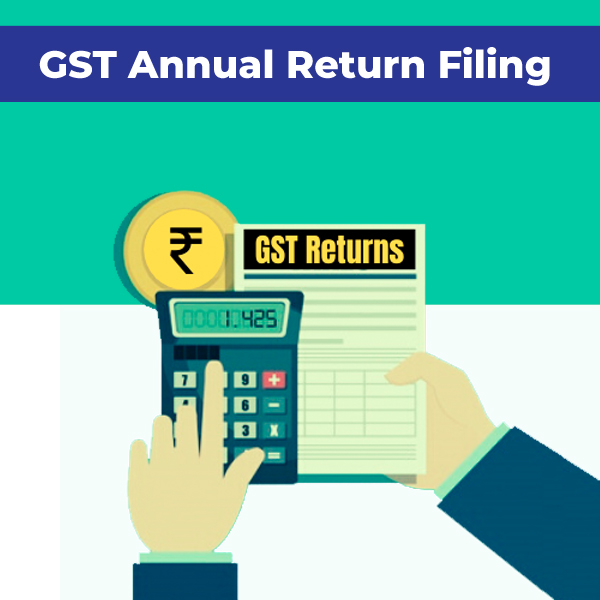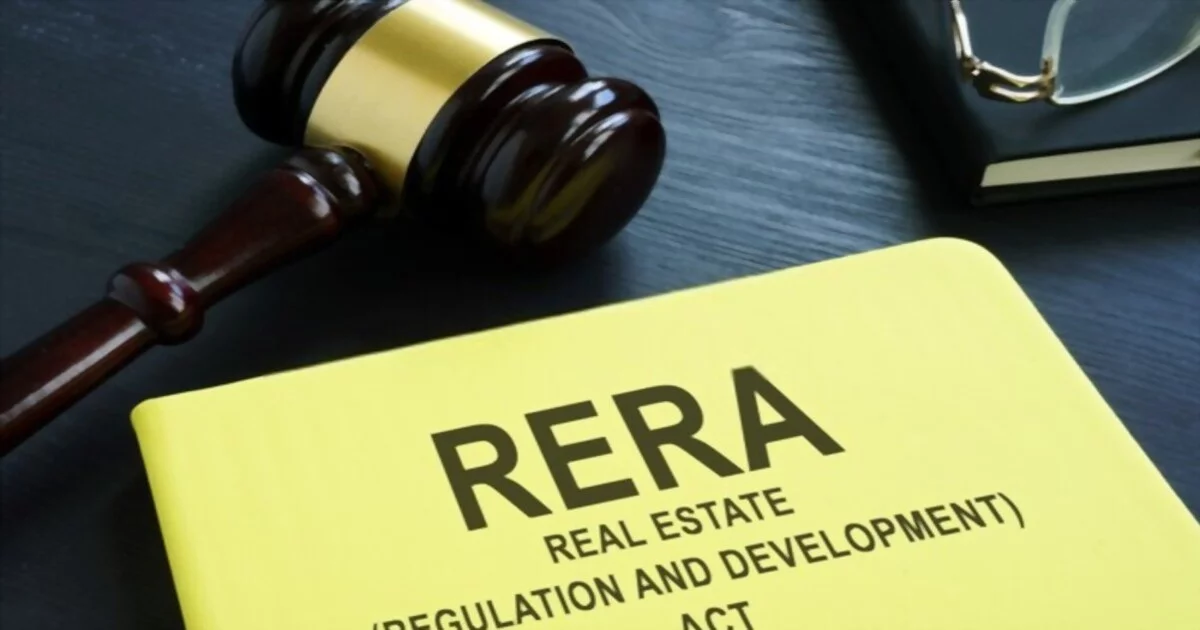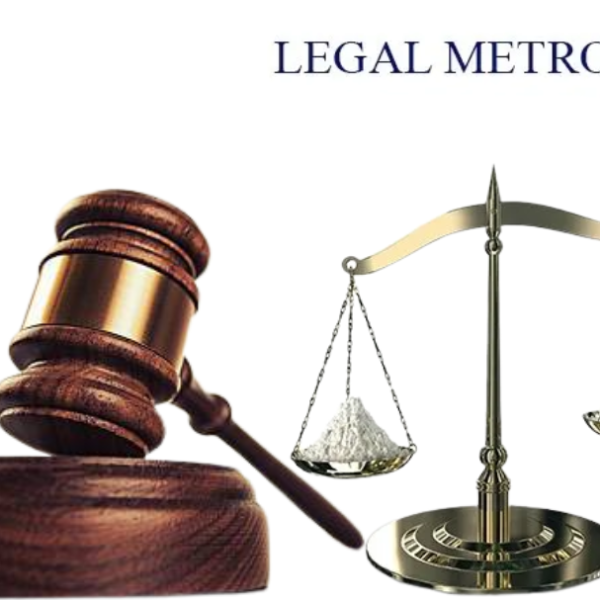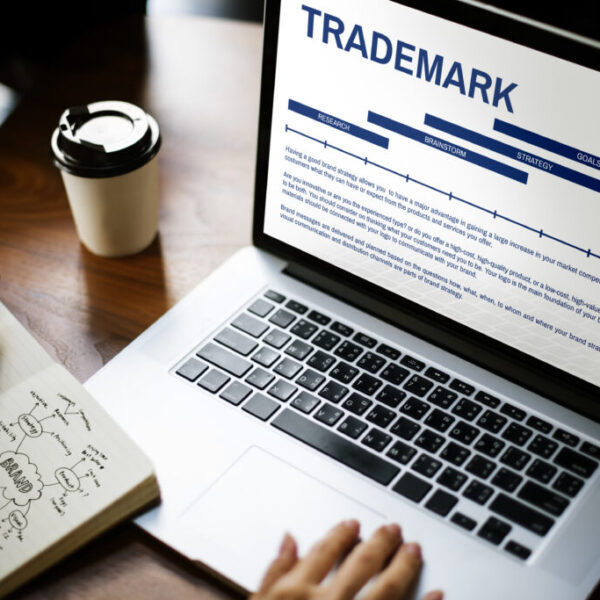Register Your Trademark Online
Building a brand takes a lot of time, effort and capital. As a result, it’s necessary to make sure that you possess the rights to use your brand’s logo, tagline, product shape and packaging, sound, fragrance, colour combinations, and anything else that gives it a distinct identity. Trademark is a type of intellectual property which differentiates your product or services from other competitors in the market.
In India, the Trademark Act,1999 permits you to register a trademark. It allows for exclusive ownership rights and prohibits others from using the mark, favoring the registered mark’s owner.
Once a trademark is registered, the “TM” symbol can be used with the applicant and the brand. To protect the brand name, trademark registration in India is essential. It is typically best to seek trademark registration under the supervision of a professional, as the process entails several steps and needs constant government follow-up.
Eligibility for Trademark Registration
Trademark registrations are prevalently used to protect unique brands, slogans, or invented terms. Individuals, corporations, and non-profit organization can all file for trademark registration in India. However, each class of person or entity has its own set of requirements when it comes to filing a trademark application. In India, the following are eligible for trademark registration.
An individual (Person)
An individual who is not doing any business can also obtain a trademark application and obtain trademark registration for a symbol or word that is proposed to be used by the applicant in the future.
Joint Owners
The Joint owners of a company together can file for a trademark and both their names must be mentioned in the application.
Proprietorship Firm
A proprietorship firm may file a trademark application under its proprietor’s name but not under the business and proprietorship names. If you include a proprietorship name and a business name in your application, those details will be considered separately.
Partnership Firm
A partnership company must include all the names of the partners in the application while registering for a trademark, with a maximum of ten members. If a minor partner is present, the name of the minor’s guardian representing him must be mentioned.
Limited Liability Partnership/LLP
In the case of the Limited Liability Partnership, the application should be in the name of the LLP. It is an incorporated body where the partners have their own identity. The partners cannot be the applicant as the trademark belongs to the LLP.
Indian Company
Any Indian company, regardless of weather a private limited, limited, or any other form, must file a trademark application in the company’s name. It should be noted that any incorporated entity has its own identity, so a company’s director cannot be a trademark applicant.
Foreign Company
If a foreign incorporated entity applies for a trademark in India, the application must be made in the corporate name as it is registered in the foreign country. The nature of the registration, the country, and the law should all be mentioned here.
Trust or Society
If a trademark application is filed on behalf of a trust or society, the managing trustee, chairman, or secretary who is representing the trust or society must be named.
Documents required to register a Trademark online
- Incorporation Certificate
If the trademark is registered under a company or LLP. - Partnership Deed
If the trademark is registered under a partnership firm. - PAN Card
Of the authorized signatory. - Aadhaar Card
Of the authorized signatory. - Form TM-48 Signed
The TM-48 is a legal document that permits your attorney to submit your trademark with the trademark registry on your behalf. Our professionals will prepare the papers for signature. - Logo
Please do not upload the logo in black and white to ensure all colors of the trademark are covered under the registration.
Types of Trademark registration in India
Product marks, service marks, collective marks, certification marks, shape marks, sound marks, and pattern marks are all forms of trademarks that can be registered. Despite the fact that there are various trademarks, their objective is the same: to allow consumers to identify goods and services produced by certain manufacturers or service providers. Let’s look at the different types of trademark registrations available in India.
1.Product Mark
In contrast to a service, a product mark is applied to a good or a product. A product mark assists in the identification of the product’s origin as well as the preservation of the company’s reputation. Because they represent commodities, trademark applications filed under the trademark 1-34 could be classified as product marks.
2.Service Mark
A service mark is similar to a product mark, except that it is used to identify a service rather than a product. The service mark’s main purpose is to help distinguish the proprietors from the owners of other similar services. The trademark applications are submitted under trademark classes 35-45, which could be considered service marks because they represent services.
3.Collective Mark
The collective mark informs the public about the unique characteristics of the products and services that are used to represent a group. This mark can be used by a group of people to protect goods and services on a collective basis. A trademark holder can be an association, a public institution, or a Section 8 corporation.
4.Certification Mark
It is a sign issued by the proprietor that indicates the product’s origin, substance, quality, or other specific data. The main objective of certification is to establish a product’s standard and to provide buyers with assurance that the product has passed standardized tests to ensure quality. Generally, certification marks can be seen on packaged goods, toys, and electronics.
5.Shape Mark
The shape mark is used exclusively to secure the shape of a product so that customers associate it with a specific manufacturer and choose to buy it. Once it is determined that the product has a distinctive shape, the shape can be registered.
6.Pattern Mark
The pattern marks are for products that have a specific designed pattern that serves as the product’s distinctive feature. Patterns that do not stand out as noteworthy are rejected. A pattern mark must stand out as distinct in order to be registered.
7.Sound Mark
A sound mark is a sound that can be linked to a product or service that comes from a specific supplier. Sound logos are also known as audio mnemonics, and they occur at the start and finish of commercials. The most popular sound mark in India is the tune for IPL.
Trademark Registration Process at IndiaBizFiling
How to obtain Trademark registration in India?
Here at India Filings, we have a simplified process of obtaining a trademark registration in India.
Benefits of Getting Trademark Registration
There are numerous reasons to register a trademark, but the majority of them are required for all businesses and ambitious entrepreneurs because it serves as a valuable asset. Obtaining a trademark registration and utilizing the services has numerous advantages. Here are a few benefits.
Intellectual Property Protection
The legal protection provided by trademark registration is against the misuse or copying of the company’s name or registered logo. The trademark owner acquires legal ownership of the trademark, which can be enforced in any court. When a trademark is registered, the owner gains nationwide possession of the mark.
A trademark registration serves as a formal notice that the trademark has already been registered.
Powerful Deterrent
A trademark owner obtains the ability to publicly display his or her brand as a registered trademark, alerting others and eliminating the defence of innocent infringement. Once a trademark is registered, it will appear in search reports, preventing other applicants from pursuing the registration of the same or similar mark.
If you are the first to file a trademark, the National Trademark Office in New Delhi will reject to register any trademark that appears to be confusingly similar to another trademark.
Legal Remedies
The owner of a trademark can recover up to triple damages from the offender if the trademark is registered in India. The owner is presumed to be the rightful owner of the trademark. When a trademark is registered, the owner gains the ability to sue anyone who is misusing the mark in any court. Unregistered trademarks, on the other hand, are subject to legal action.
Important things to know before getting a Trademark registration
With technological advancements, Trademark registration can now be done online. IndiaBizFiling has helped thousands of businesses across India.
Trademark Search
It is necessary that before beginning, the entrepreneur must search for trademark availability. Doing a Trademark search will provide information about identical or similar Trademark filed with the Trademark Registry. Our article on How to do Trademark research? Will guide you with the same.
Trademark Filing
The trademark registration application can be filed with the Trademark Registrar after the trademark search is completed. However, the application must be made in the prescribed manner and preceded by the applicable fees. The application can be made online or at any of the state’s five Trademark Registrar’s offices. To register a trademark online, go to the IndiaBizFiling website.
The Trademark Registration application must contain the following information:
- Logo or the Trademark
- Name and address of the Trademark owner
- Trademark used Since the date
- Description of the goods or services
The Vienna Codification Process
The Vienna Classification, also known as the Vienna Codification, is an international classification of the symbolic elements of trademarks that was established by the Vienna Agreement (1973). The Trademark Registrar will apply the Vienna classification to the Trademark based on the marks’ figurative elements after the Trademark registration application is filed. While this work is being done, the trademark application status is usually displayed as “Sent for Vienna Codification”.
Trademark Examination
Post completion of the Vienna Codification, the Trademark registration application will be assigned to a Trademark Registrar’s officer. After that, the officer will check the Trademark application for accuracy and produce a Trademark examination report. The officer has the option of accepting the Trademark application, allowing trademark journal publication, or objecting to the Trademark registration process.
If the application is denied, the applicant has the option of appearing before the Trademark Officer to answer the concerns. If the officer finds the justification sufficient, the Trademark will be approved for publishing in the Trademark Journal. The applicant has the ability to appeal the officer’s judgement to the Intellectual Property Appellate Board if the grounds aren’t suitable.
Trademark Journal Publication
The proposed Trademark is published in the Trademark journal once the Trademark Registrar accepts the registration application. This journal is published weekly and contains all of the trademarks that have been received by the Registrar. In addition, members of the public can oppose to a trademark registration if they believe it would harm them. If no objections are received within 90 days of publication, the mark will be registered in 12 weeks.
If a third party objects to the application, the Trademark Hearing Officer will schedule a hearing. Both the applicant and the opposer have the opportunity to appear and present their respective justifications. Based on the hearings and the evidence put forth, the Trademark Hearing Officer will determine if the application should be accepted or rejected. However, the decision by the Hearing officer can also be challenged by the escalating officer.
Trademark Registration
If no objections or oppositions are raised, just the trademark document and registration will be prepared and issued. Trademark is deemed a registered trademark of the owner only once the Trademark registration Certificate is issued, providing the owner some exclusive rights to the mark. The ® Symbol can now be added to a logo or a trademark.
Trademark Objection
The trademark examiner objects to your application for a variety of reasons, which is one of the first stages in the trademark registration process. The registrar seeks valid reasons or explanations about the mark and its registrability, rather than simply denying your claim. He offers the applicant the chance to explain how the trademark meets the requirements for successful registration.
Trademark Opposition
A trademark opposition is an objection filed by a third party against the registration of a trademark. The Registry accepts oppositions from any natural or legal person. This comprises individuals, businesses, partnership firms, and trusts (s). Notably, the person registering the opposition does not need to have an economic interest in the case or a previously registered trademark with the Registry to file the opposition.
Trademark Hearing
A trademark hearing is a physical appearance before the registrar of trademarks, either in person or by a trademark attorney or trademark agent, for the purpose of removing the proposed objections under review from a report issued following the filing of a trademark registration statement or application. If the registrar authority is not satisfied with the response lodged against the objection proposed in the final report in the procedure of trademark certification, a trademark hearing is held.
Trademark vs Copyright vs Patent
Trademark | Patent | Copyright | |
What’s protected | Any word, phrase, symbol or design that recognizes and differentiates the source of one party’s goods from those of another. | Inventions, such as procedure, manufacturer, composition, machines of matter as well as improvements to these. | Books, articles, music, photography, sculptures, dances, sound recordings, motion films and other original works of authorship. |
Requirements for protection | A mark must be distinguishable, in the sense that it must be able to identify the source of a certain good. | A fresh, valuable, and unusual invention is required. | A work must be unique, original, and created in a tangible manner. |
Term of protection | As long as the mark is used in commerce. | 20 years | Author’s life span+ 70 years. |
Rights Granted | Right to use the mark and to prohibit others from using identical marks in a way that could create confusion about the goods or services’ origin. | Right to restrict others from manufacturing, selling, or importing the patented invention. | Copyrighted works have the power to dictate their reproduction, creative works, circulation, public performance, and display. |
Documents Required For Trademark Registration
Incorporation Certificate
If the trademark is registered under a company or LLP.
Partnership Deed
If the trademark is registered under a partnership firm.
PAN Card
Of the authorised signatory.
Aadhaar Card
Of the authorised signatory.
Form-48 Signed
Please print document in color. Authorised signatory to sign on each of the pages.
Logo
Please upload the logo in black and white to ensure all colors of the trademark are covered under the registration.
Trademark Registration FAQ’s
1. Who needs Trademark registration?
Any word, name, device, label, numerals, or a combination of colours that can be represented graphically can be registered as a trademark. The trademark to be registered must also be distinctive for the services or goods for which it is proposed to be registered.
2. Which Trademarks cannot be registered?
Any mark which is identical or similar to an existing registered trademark or any trademark for which an application has been made, cannot be registered. Also, marks that would likely cause deception or confusion or are offensive in any way may not be registered. Geographical names, common names, common trade words and common abbreviation can also not be registered as a trademark.
3. What is Trademark Class?
To standardize the goods or services which the trademark will represent, the trademark registry has a list of 45 Classes under which all types of goods and services are represented. The trademark application must mention the type of goods or services the trademark will represent under one or more of the classes. Trademark registration is granted for that specific class of goods or service.
4. Is my trademark application valid across the world?
No, any trademark registered in India will be valid only in India. However, some countries use the trademark filing in India as a basis for registering the trademark in their country.
5. Can a foreigner or foreign entity get a trademark registered in India?
Yes, a foreign person or a foreign entity can apply for trademark registration in India.
6. How long it takes to obtain Trademark registration?
Trademark application can be filed with the trademark registry in a matter of 1 – 3 days. However, it will typically take 6 to 24 months for the registry to complete their formalities and provide registration for the trademark.
7. When is the TM Mark used?
The TM mark can be used along with the trademark once the trademark application is filed with the Controller General of Patents Designs and Trademarks.
8. When is the R mark used?
The ® mark can be used once the trademark application is approved by the Controller General of Patents Designs and Trademarks and trademark registration is provided
9. What is the validity of Trademark registration?
Registered trademarks are valid for 10 years from the date of filing. The owner of the mark can file for renewal to keep the trademark protection current prior to the end of its validity.
10. What happens when the trademark application gets refused?
If the trademark examiner sends a hearing notice to the applicant and if there is no response to the hearing notice within 30 days of receipt, then the application is automatically refused. In such a case, a new application needs to be filed.
11. What is the function of a Trademark?
The trademark Identifies the goods or services and their origin It guarantees its unchanged quality The trademark guarantees its unchanged quality Trademark registration creates a brand identity or the images for the goods and services.
12. How to carry a Trademark search?
A Trademark search is necessary before any entrepreneur begins with the search mark for trademark availability. You check with the Trademark Registry and also the search option on our website where you can find information on the registered trademarks.
13. What information should the Trademark application contain?
The trademark registration application has to contain the following information: Logo or the trademark Name and address of the trademark owner Trademark used since the date Description of the goods or service
14. What are the documents required for Trademark registration?
For obtaining a trademark registration in India the following documents are to be submitted: Identity Proof of the trademark owner PAN Card Passport Aadhar Card Incorporation certificate (If it is a Private Limited Company or LLP) Udyog Aadhar registration A logo is applicable and available Address Proof
15. Which forms are to be filed while making a trademark application?
Form 48 and TM 1 has to be filed for making a trademark application.
16. What are the benefits of getting trademark registration?
There are several reasons to get the trademark registration but the major reason is to obtain the registration as the trademark acts as an asset for the company, It is a powerful deterrent and has legal remedies.









